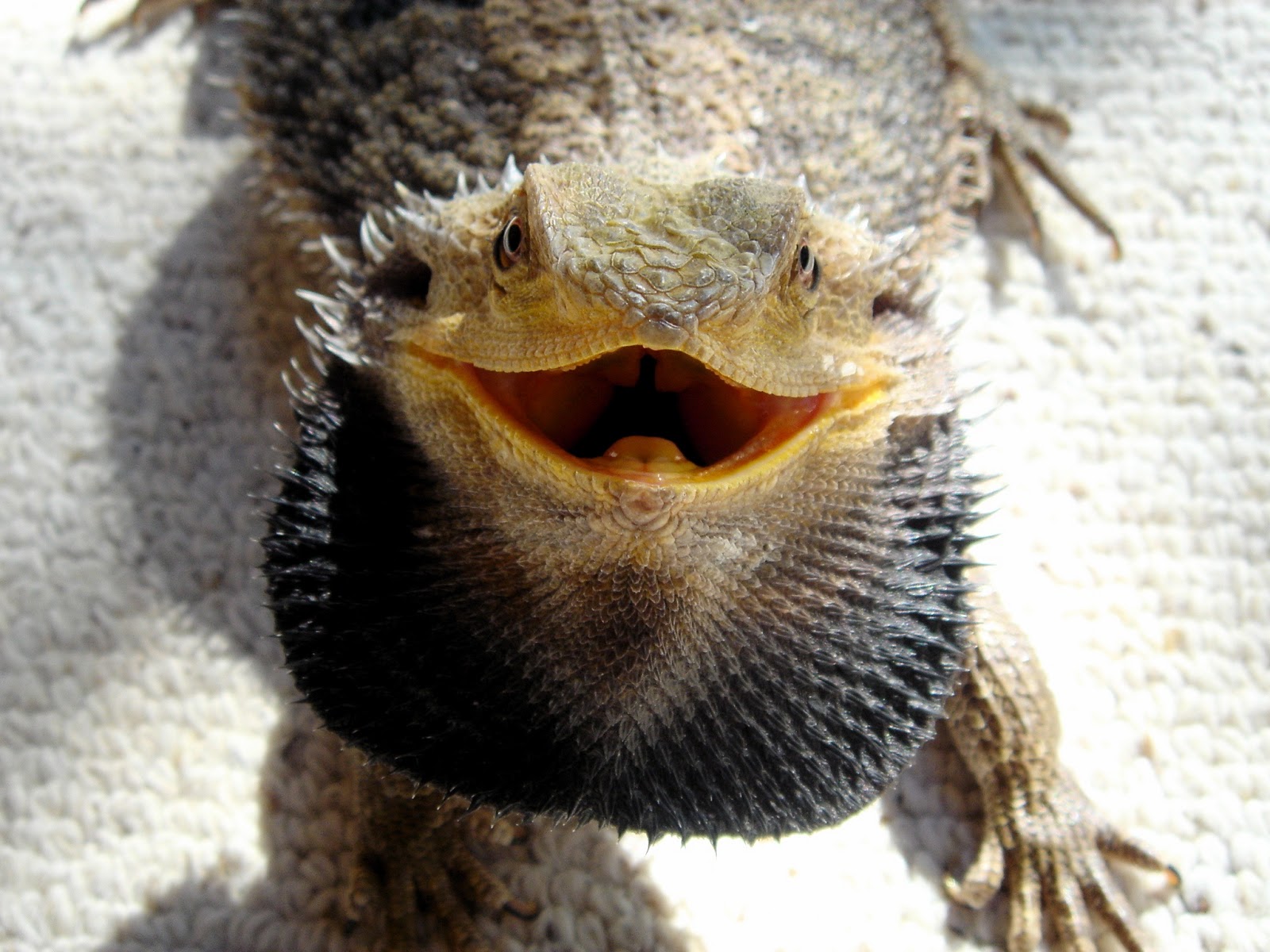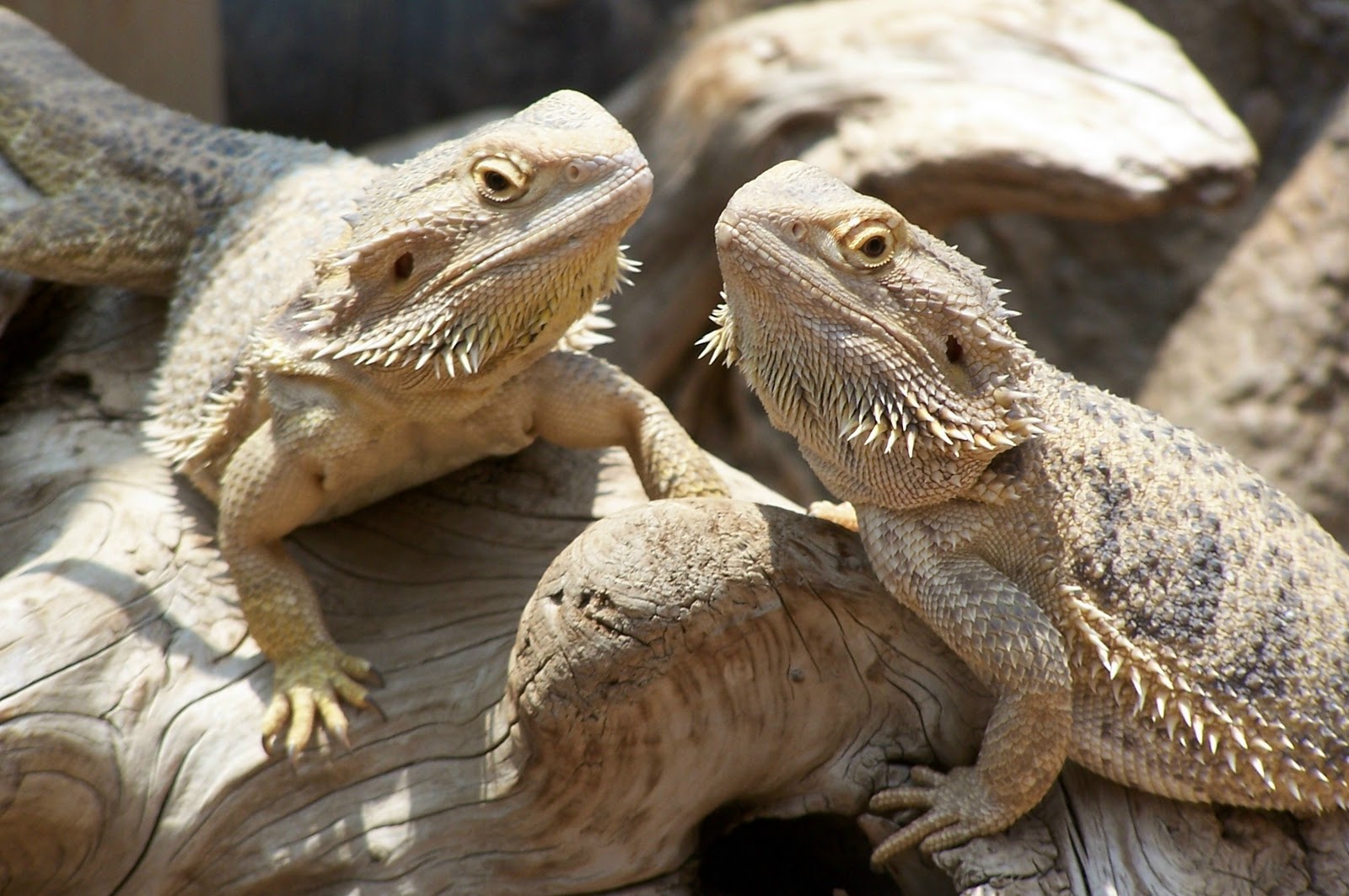The Ultimate Guide to Bearded Dragons for Beginners
Introduction
Are you considering getting a bearded dragon as a pet? Congratulations, you’re making a great choice! Bearded dragons are adorable, friendly, and easy to care for. However, like any pet, they have specific needs and require a bit of preparation before bringing them home. In this ultimate guide for beginners, we’ll cover everything you need to know about owning a bearded dragon, from the basics to more advanced care tips.
What is a Bearded Dragon?
Bearded dragons are a type of lizard native to Australia. They are a popular pet due to their friendly demeanor, ease of care, and unique appearance. They get their name from the spiny, beard-like area around their chin that can puff up when they feel threatened or territorial. They come in a variety of colors, including tan, yellow, orange, and red.

Getting Started
Before you bring your bearded dragon home, there are a few things you’ll need to set up. First, you’ll need to purchase a terrarium, or tank, to house your bearded dragon. The tank should be at least 40 gallons, with a secure lid to prevent escape. Bearded dragons are great climbers and can even squeeze through small spaces, so make sure the lid is tight.

You’ll also need to set up the tank with some basic supplies, including a heat lamp to provide a basking area, a UVB lamp for vitamin D, a substrate (flooring material), and some hiding spots. Bearded dragons are desert animals, so they need a warm, dry environment with plenty of space to bask in the sun.
Feeding Your Bearded Dragon
Bearded dragons are omnivores, which means they eat both plants and animals. A balanced diet for a bearded dragon includes both vegetables and live insects. Some good vegetable options include collard greens, kale, and squash. As for live insects, crickets and dubia roaches are great choices.

It’s important to note that baby bearded dragons need more protein than adults, so their diet should consist of more insects. Adults can have more vegetables, but insects should still make up a significant part of their diet. You can purchase live insects at most pet stores.
Handling Your Bearded Dragon
Bearded dragons are generally very friendly and enjoy being held, but it’s important to handle them properly. Always support their bodies with your hands and avoid squeezing them tightly. Bearded dragons can also become stressed if they are over-handled or if children handle them roughly. Keep handling sessions short and supervise children.

Common Health Issues
Bearded dragons are generally healthy pets, but as with any animal, they can sometimes develop health issues. Some common health problems in bearded dragons include metabolic bone disease, parasitic infections, and respiratory infections. However, many of these issues can be prevented with proper care and a clean environment.
Conclusion
Bearded dragons are an excellent pet for beginners, as they are easy to care for and very friendly. With proper care and attention, your bearded dragon can be a happy, healthy part of your family for years to come. Remember to provide a warm, dry environment, a balanced diet, and plenty of love and affection.
